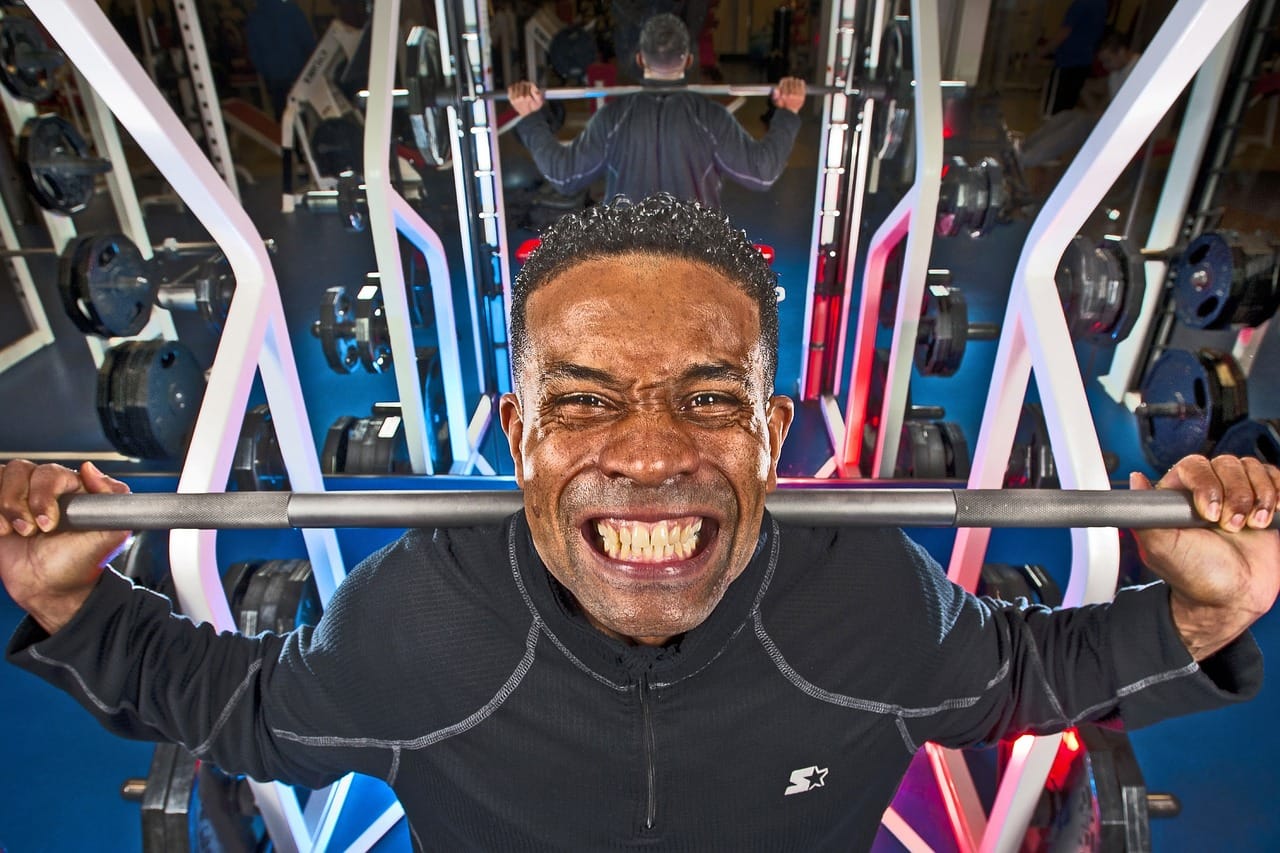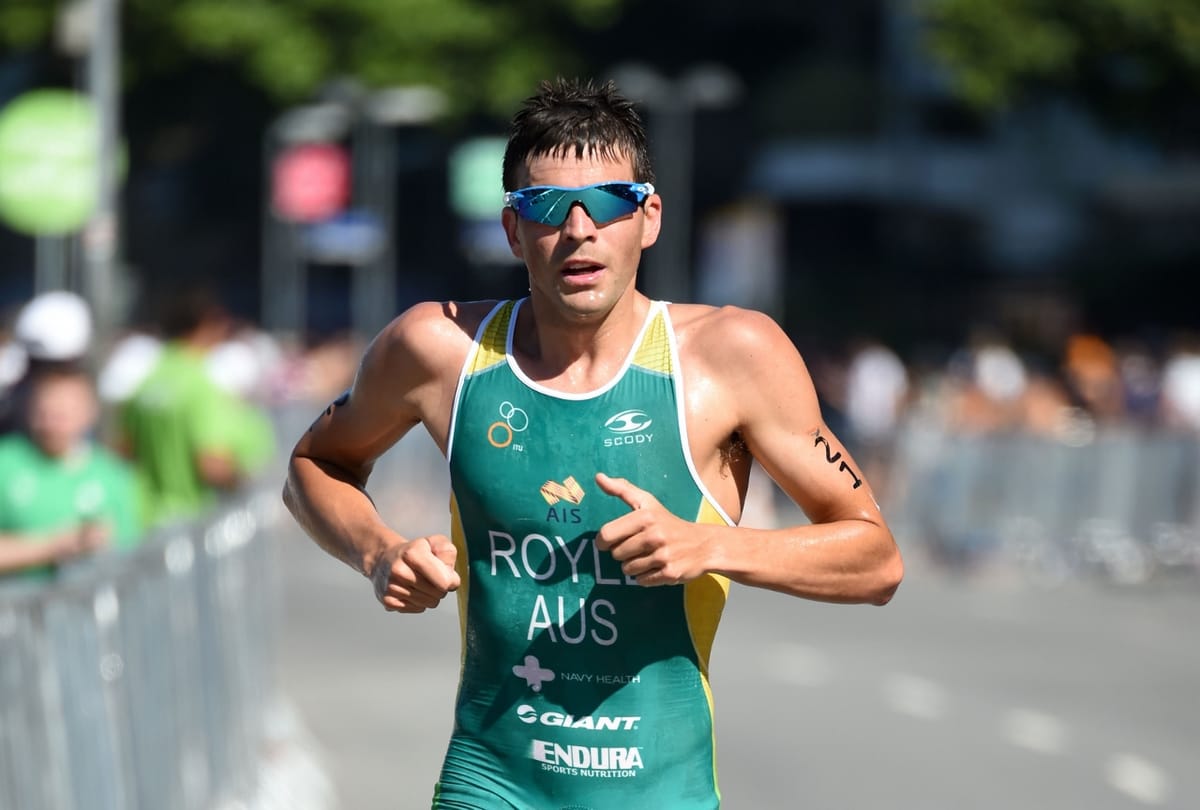Want to improve your bike leg? Squats have been scientifically proven to help boost endurance, time to exhaustion, and maximal aerobic power.
The bike is the discipline that will benefit most from a dedicated strength program so we will concentrate on that to begin with. The added benefit of focusing on the bike is that it is often the portion of the race in which you can make up the most time – a 10 percent gain in an iron-distance ride may add up to as much as half an hour. It will also leave you fresher for the run leg.
Two studies conducted by Norwegian scientists on runners and cyclists show the benefits of strength training (Storen et al, 2008 and Sunde at al, 2010, respectively). Following a three-day-per-week plan of 4 x 4 half squats over eight weeks, in addition to their normal endurance training, they all improved sport-specific endurance, time to exhaustion, and maximal aerobic power. Strength training works if you do it right, and it won’t lead to weight gain either.
While the studies above used squats as the main exercise, I believe there are better choices. Squats are a fantastic exercise; however, many people struggle to perform them well for a variety of reasons and often end up hurt. At this point, they label squats as ‘dangerous’ or ‘evil’. Squats aren’t bad – the way you do them maybe – but squats themselves are neither good nor bad.
The squat pattern is relevant to us as athletes, but we need a better option that more closely mimics our sport. So we’re going to concentrate on single-leg squat patterns instead of bilateral squatting. The added benefit of this will be that with single-leg exercises you can’t use as much weight because you are only pushing with one leg at a time. This reduces the risk of injury as well as lessening the likelihood of any weight gain.
Here is a basic plan to get you started. Perform the exercises three times per week, preferably on your swim days:
Week 1: Split squats – 2 sets of 5 each leg
Week 2: Split squats – 3 sets of 8 each leg
Week 3: Split squats – 3 sets of 8 with increased weight
Week 4: Split squats – 3 sets of 8 with increased weight again
Weeks 5–8: Follow the same pattern as for weeks 1-to-4 but use Bulgarian squats instead
Weeks 9–12: Follow the same pattern as for weeks 1-to-4 but use King deadlifts instead
After you have become accustomed to the exercises and built a base level of strength, it’s time to get a little more serious. Use King deadlifts for an eight-week block, three times per week, following the 4 x 4 schedule mentioned earlier. Don’t be shy with the weight – I’ve seen endurance athletes use a 10-kilogram weight vest plus another 30 kilograms for these with impressive results. The benefit of the low-rep work is it leads to little, if any, muscle soreness and no residual fatigue, which can occur with higher rep strength work.
If you pair this routine with a focused power and strength building plan on the bike, you’ll see massive improvements for next season, both on your bike and run times.








